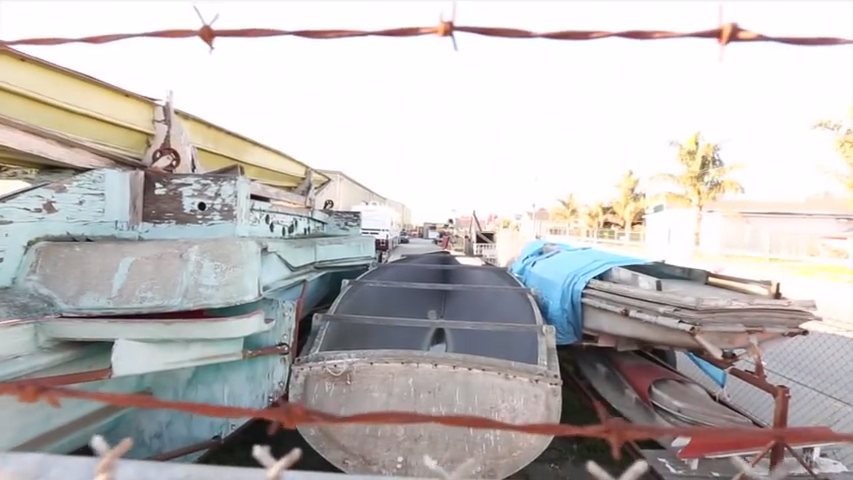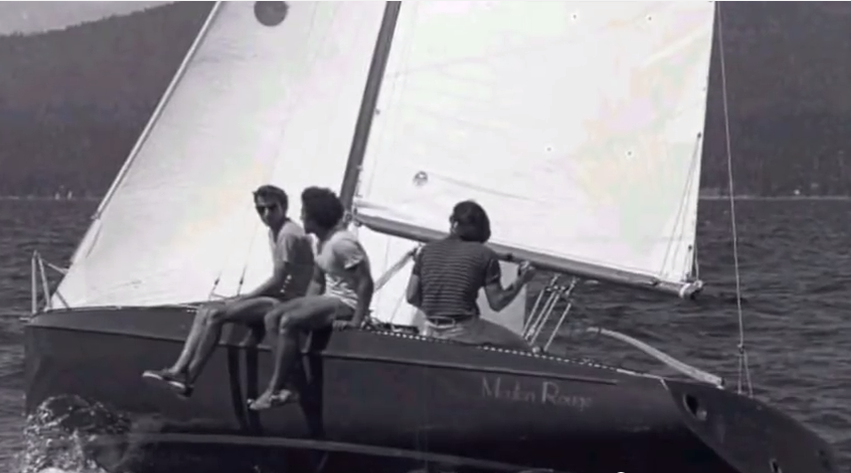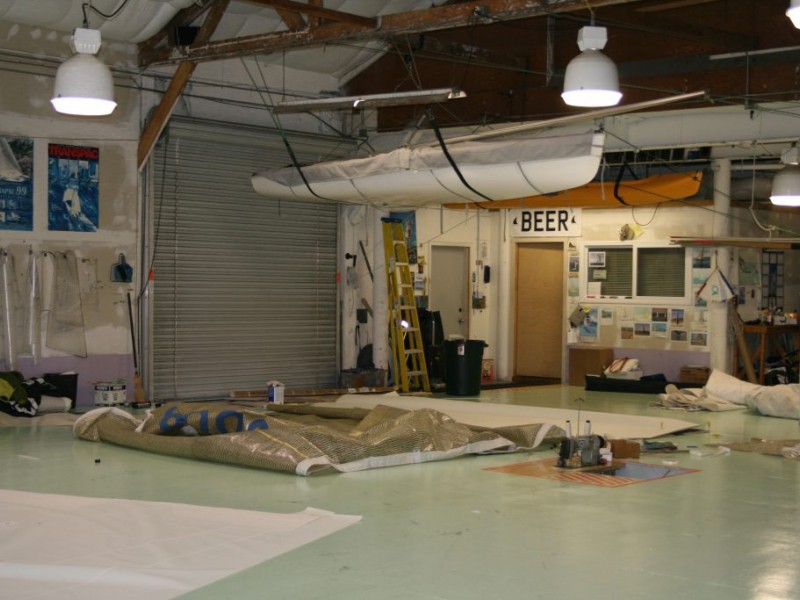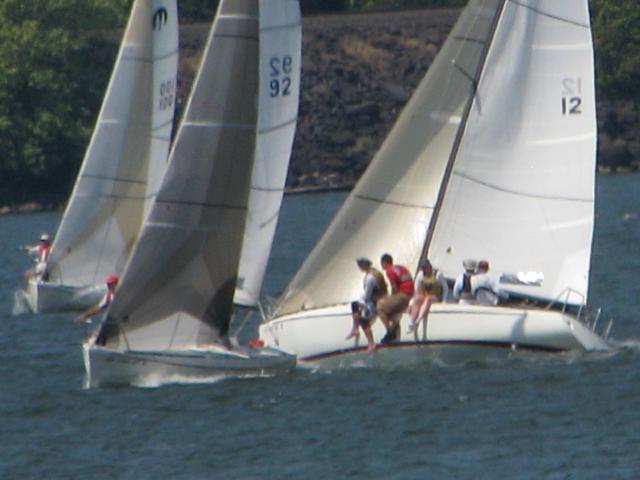- Boat Preparation critical in every class.
- Sails, Deck Layout, Hull/Keel/Rudder, and Mast Tuning all are equally important.
If you address all these factors at the same time, you have a good chance of being competitive. Allows you to race on an easily sailed boat and keep your head out of the boat and concentrate on steering, tactics and boatspeed. - Boathandling is also much easier.
If you concentrate on addressing only one item a year, you will probably always be frustrated. Just because you buy a new suit of sails, doesn't guarantee you will be fast.
- Sails, Deck Layout, Hull/Keel/Rudder, and Mast Tuning all are equally important.
- Bottom Prep - as important as good sails.
- Bottom needs to be clean and fair.
- Don't wet sand unless you have bottom paint or already have a boat that's been wet sanded.
- All you need is soap, water, and a non-abrasive scrub pad. Rinse thoroughly.
- The Moore 24 has a clean bottom to begin with, no need to improve a good thing, unlike a J/24.
- Deck Layout - Simple is best
All you need is:- Spinnaker Halyard stowage shackle on port side with release line led to starboard rail.
- Twingers - forward so you don't need foreguy.
- Foredeck Hatch - Spinnaker Bag Very Important!
- Jib Tracks - rail, two sets for #3, and long middle one for the #2 and #1.
- Topping Lift on Harken Swivel cleat between mast and shrouds on starboard side.
- Two winches for sheets (same winches can also help with halyards).
- Harken ratchets for spinnaker sheets.
- Backstay led to both sides.
- Traveler with "auto release".
A clean deck creates a boat which is easier to crew on and improves boat handling (tacks, jibes, sets, douse).
- Mast & Boom
Mast - All halyards should be cleated on Mast, Spectra Main and Jib (Light weight) and kevlar or spectra for spin halyard.Mast Tuning - Will Baylis' Article is still a good guide.
If you're not a rocket scientist, like me, use one setting for all conditions and learn how to fool the boat.- Rake - Headstay length - Will's number works - check other boats
- Uppers - tight
- Forward lowers - 150 lbs. less than uppers
- Aft lowers - tight - invert mast slightly - helps keep headstay tight so you can point - loosen it in light slop.
- Backstay - lots of purchase so you can crank it on, in a breeze, to blade main. Given limited space to work, the backstay should be a little short so it's hard to attach with everything slack.
When the rig is tuned right, the mast is straight sideways and the tip is in the middle, with a slight aft inversion.
Boom - Flattener at mid-boom so trimmer can adjust. Also add shock cord to keep tail up and out of crew's way.
- Weight
Strip boat of everything you can, legally, and within reason.- remove wires from hull and mast
- remove battery
- porta potty
- useless sails
- VHF - Loran - Stereo
- running lights
- replace aft bunks with mesh
Basically - before you load your boat with your personal gear - food - beverages, the boat should only have an anchor and chain as required by class rules, life jackets, sails (1,2,3,S,M), lines, deck hardware, and a paddle for no wind, a bucket for the ladies, and bumpers for docking.
Placement- When racing place all weight over keel on cabin sole.
- Make sure none goes forward of bulkhead and only anchor and lifejackets aft of companionway.
- Place as much on cabin sole as possible.
- If you need to move weight fore and aft, crew weight is sufficient.
- Crew weight should always be close together -whether forward or aft. Don't hesitate to have driver sit in front of traveler.
- Proper weight placement ensure good balance on helm, stops hobby horsing.
- Good Sails
Buy what the majority of the leaders are using - Maintenance
Check gear on a regular basis.
There is nothing worse than losing a race, or places on the course, due to gear failure.
Summary
Proper Preparation - Boat handling improves
Tacks, jibes, sets, and douses, all become easier, faster and smoother
Less Variables- Allows you to concentrate on how to get your boat around the course as fast as possible, by focusing on sail trim, steering, tactics.
Practice- The more you sail as a team, the better you will get.
It takes all 4 or 5 crew to sail.
Copy- Copy the boats that are winning races. Don't spend time trying to recreate the wheel.
Simple is better- Once you've made the initial investment of time and money, should pay dividends.
Easier to retain crew.









Show Comments (0)